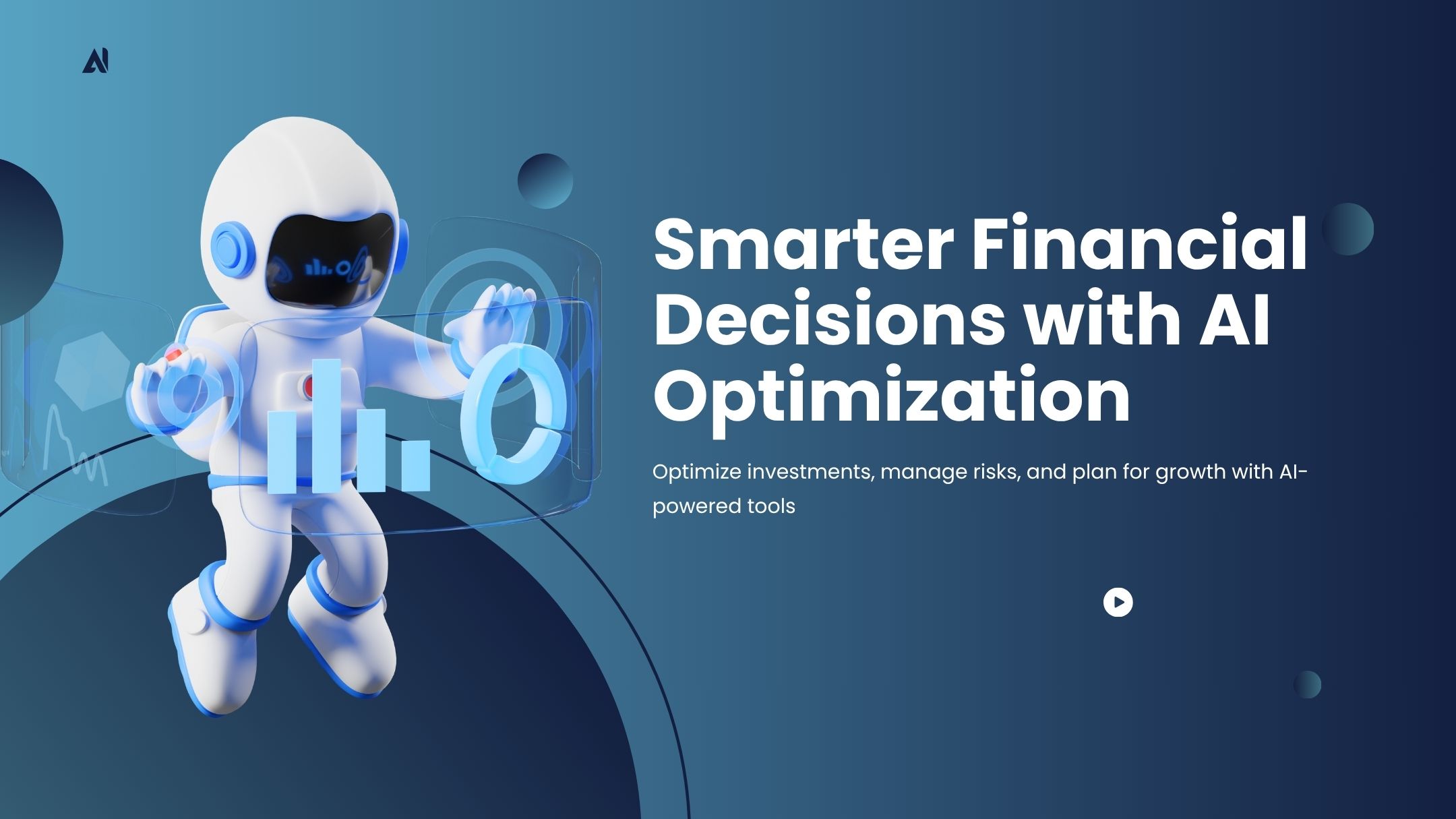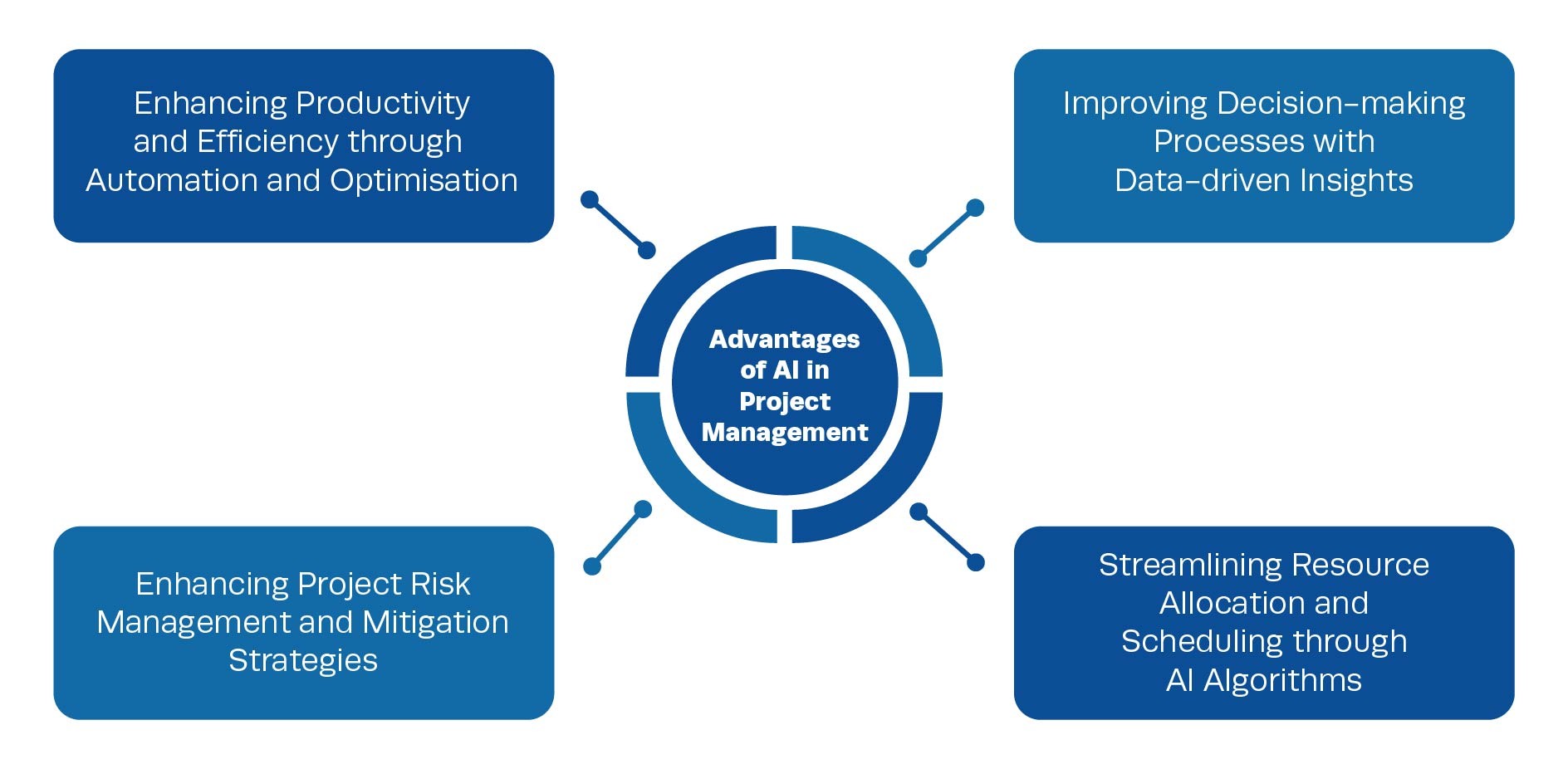Companies across various sectors are constantly seeking ways to optimize their operations, maximize revenue, and stay ahead of the curve. One powerful tool that has emerged as a game-changer in this quest is mathematical optimization, also known as mathematical programming, decision optimization, or decision intelligence. At the forefront of this technology are optimization solvers that have been helping businesses tackle complex challenges in revenue management and beyond. In this blog, we’ll explore how optimization solvers and mathematical optimization are transforming different industries, addressing their unique challenges, and delivering substantial returns on investment.
The Power of Mathematical Optimization in Revenue Management
Before diving into industry-specific applications, it’s crucial to understand the fundamental concept of mathematical optimization and its role in revenue management. Mathematical optimization is a branch of applied mathematics that uses advanced algorithms to find the best solution from a set of possible alternatives, given certain constraints and objectives. In the context of revenue management, this translates to making optimal decisions about pricing, resource utilization, and more, to maximize profitability while satisfying various business constraints.
Optimization solvers are state-of-the-art optimization engine that can solve large-scale linear programming, mixed integer programming, and quadratic programming problems. Their ability to handle complex models with millions of variables and constraints makes it an invaluable tool for businesses grappling with intricate revenue management challenges.
Airline Industry: Soaring to New Heights with Optimization
The airline industry has long been at the forefront of revenue management, facing unique challenges such as perishable inventory (empty seats can’t be sold after takeoff), complex pricing structures, and intense competition. Airlines struggle with determining optimal ticket prices, managing overbooking, and allocating seats across different fare classes to maximize revenue.
Optimization solvers and mathematical optimization can address these challenges by creating sophisticated models that account for numerous factors such as historical demand patterns, competitor pricing, seasonal trends, and customer segmentation. For example, an airline can use optimization solvers to develop a dynamic pricing model that adjusts ticket prices in real-time based on current demand, remaining inventory, and time until departure.
From a technical standpoint, this involves formulating a mixed integer programming problem that considers variables such as the number of seats to allocate to each fare class, overbooking limits, and price points for different customer segments. Optimization solvers’ advanced algorithms can solve these complex problems quickly, allowing airlines to make rapid decisions in a fast-paced market.
The business impact of implementing such optimization solutions can be substantial. Airlines using optimization solvers -powered revenue management systems could see increases in revenue of up to 5-7%, which can translate to millions of dollars annually for large carriers. Moreover, these systems can improve customer satisfaction by ensuring better seat availability and more competitive pricing.
Hospitality: Optimizing Occupancy and Revenue
The hospitality industry faces similar challenges to airlines, with the added complexity of managing multiple room types, ancillary services, and longer booking windows. Hotels and resorts struggle with maximizing occupancy rates while also ensuring they’re getting the best possible rate for each room.
optimization solvers and mathematical optimization can help hoteliers develop sophisticated revenue management strategies. For instance, a hotel can use optimization to determine the optimal mix of room rates and availability for different customer segments (e.g., business travelers, leisure guests, group bookings) across various booking channels and time periods.
Technically, this involves creating a model that considers factors such as historical booking patterns, competitor rates, special events, and even weather forecasts. The model might use stochastic programming techniques to account for uncertainty in demand, allowing hotels to make robust decisions that perform well under various scenarios.
From a business perspective, implementing such a system can lead to significant improvements in revenue per available room (RevPAR), a key performance indicator in the hospitality industry. Hotels using advanced optimization techniques could experience RevPAR increases of 3-5%, which can have a dramatic impact on profitability given the industry’s typically thin margins.
Retail: Balancing Supply and Demand
The retail industry faces a unique set of challenges in revenue management, including managing vast product assortments, dealing with seasonal demand fluctuations, and optimizing promotional strategies. Retailers struggle with pricing products effectively and deciding on the timing and depth of markdowns.
Optimization solvers and mathematical optimization can address these challenges by creating comprehensive models that integrate various aspects of retail operations. For example, a retailer can use optimization to develop a markdown optimization strategy that balances the need to clear inventory with the goal of maximizing revenue.
From a technical perspective, this might involve formulating a large-scale mixed integer programming problem that considers variables such as initial inventory levels, demand forecasts, price elasticity of demand, and markdown timing constraints. Optimization solvers’ ability to handle problems with millions of variables and constraints makes it particularly well-suited for retail applications, where the number of SKUs and store locations can be enormous.
The business benefits of applying optimization in retail can be substantial. Retailers using advanced markdown optimization systems could see increases in gross margin of 2-5%, which can translate to tens of millions of dollars for large chains. Additionally, these systems can help reduce excess inventory, improving cash flow and reducing carrying costs.
Telecommunications: Optimizing Network Resources and Pricing
The telecommunications industry faces unique revenue management challenges due to its complex network infrastructure, rapidly evolving technology, and diverse customer base. Telecom companies struggle with optimizing pricing plans and customer churn prediction.
optimization solvers and mathematical optimization can help telecom providers develop sophisticated models for network optimization and dynamic pricing. For example, a telecom company can use optimization to determine the optimal allocation of network resources across different services and customer segments while maximizing overall revenue.
From a technical standpoint, this might involve creating a large-scale linear programming model that considers factors such as network capacity constraints, quality of service requirements, and demand forecasts for different services. Optimization solvers’ ability to handle problems with millions of variables makes it well-suited for telecom applications, where the scale of the network and customer base can be enormous.
The business impact of implementing such optimization solutions in the telecom industry can be substantial. Companies using advanced network optimization and pricing models should experience improvements in network utilization of 10-20%, reductions in customer churn rates of 5-10%, and increases in average revenue per user (ARPU) of 3-7%. These improvements can translate to hundreds of millions of dollars in additional revenue and cost savings for large telecom providers.
Need CPLEX Training? Enroll for
Healthcare: Balancing Quality of Care and Financial Performance
The healthcare industry faces unique challenges in revenue management due to its complex reimbursement models, regulatory constraints, and the need to balance financial performance with quality of care. Healthcare providers struggle with optimizing resource allocation and pricing strategies while ensuring patient satisfaction and regulatory compliance.
optimization solvers and mathematical optimization can help healthcare organizations develop comprehensive models that address these multifaceted challenges. For instance, a hospital can use optimization to create staff schedules that minimize labor costs while ensuring adequate coverage with affordable price for expected patient volumes and maintaining required nurse-to-patient ratios.
Technically, this might involve formulating a complex scheduling or pricing problem as a mixed integer program, considering constraints such as staff qualifications, shift preferences, and workload balancing. Optimization solvers’ advanced algorithms can solve these problems efficiently, allowing healthcare providers to generate optimal schedules that satisfy both operational and regulatory requirements.
From a business perspective, the impact of implementing such optimization solutions in healthcare can be significant. Hospitals using advanced pricing and resource allocation optimization should see improvements in patient satisfaction scores of 5-10%, and increases in overall operational efficiency of 10-15%. These improvements not only lead to cost savings but also contribute to better patient outcomes and increased revenue through improved reimbursement rates.
Energy and Utilities: Optimizing Generation and Distribution
The energy and utilities sector faces unique revenue management challenges due to the complexities of power generation, distribution, and pricing in deregulated markets. Energy companies struggle with optimizing power generation schedules, managing transmission constraints, and developing dynamic pricing strategies for both wholesale and retail markets.
Optimization solvers and mathematical optimization can help energy providers develop sophisticated models for grid and pricing optimization. For example, a utility company can use optimization to determine the optimal mix of power generation sources (e.g., fossil fuels, renewables, nuclear) and their optimal prices to meet demand while minimizing costs and maximizing revenue.
From a technical standpoint, this might involve creating a large-scale mixed integer programming model that considers factors such as generation costs, transmission constraints, renewable energy intermittency, and demand forecasts. Optimization solvers’ ability to handle non-linear constraints and objectives makes it particularly well-suited for energy applications, where many relationships are inherently non-linear.
The business impact of implementing such optimization solutions in the energy sector can be substantial. Utilities using advanced generation and grid optimization models could see reductions in operating costs of 5-10%, improvements in renewable energy integration of 15-25%, and increases in overall system reliability of 10-20%. These improvements can translate to millions of dollars in cost savings and additional revenue, while also supporting the transition to more sustainable energy systems.
Need CPLEX Training? Enroll for
Cresco International: Your Partner in Decision Optimization
As we’ve explored the transformative potential of optimization solvers and mathematical optimization across various industries, it’s clear that implementing these advanced solutions requires deep expertise in both technical and business domains. This is where Cresco International, an IBM trusted partner and consulting firm specializing in decision optimization, comes into play.
When working with clients to address the challenges mentioned in this blog, Cresco International follows a comprehensive approach:
- Assessment and Problem Definition: We begin by conducting a thorough analysis of your current processes, identifying key pain points and opportunities for optimization. Our experts work closely with your team to define clear objectives and constraints, ensuring that the optimization model aligns with your business goals.
- Data Integration and Preparation: Leveraging our expertise in data management and analytics, we help you gather, clean, and integrate the necessary data from various sources. This crucial step ensures that your optimization models are built on a solid foundation of accurate and relevant information.
- Model Development and Customization: Our optimization specialists develop tailored mathematical models using optimization solvers and other advanced tools. We take into account the unique aspects of your business, industry regulations, and operational constraints to create models that truly reflect your real-world challenges.
- Solution Implementation and Integration: We don’t just deliver theoretical models – we work with your IT team to integrate the optimization solutions into your existing systems and workflows. This ensures that the benefits of optimization are realized in your day-to-day operations.
- Continuous Improvement and Support: The business landscape is constantly evolving, and so should your optimization models. Cresco International offers ongoing support and refinement services, helping you adapt your models to changing market conditions and emerging opportunities.
By partnering with Cresco International, businesses can unlock the full potential of optimization solvers and mathematical optimization.
Conclusion
As we’ve seen throughout this blog, optimization solvers and mathematical optimization are powerful tools that can revolutionize revenue management across a wide range of industries. From airlines to healthcare, manufacturing to energy, businesses that embrace these advanced techniques are gaining a significant competitive edge in today’s data-driven economy.
The challenges faced by each industry may be unique, but the underlying principle remains the same: by leveraging the power of mathematical optimization, companies can make better decisions, allocate resources more effectively, and ultimately drive substantial improvements in financial performance.
However, implementing these solutions is not without its challenges. It requires a deep understanding of both the technical aspects of optimization and the nuanced business realities of each industry. This is where partnering with experts like Cresco International can make all the difference.
The future of revenue management is here, and it’s powered by advanced analytics and optimization. Are you ready to take your business to the next level? Consider exploring how optimization solvers and mathematical optimization, implemented with the expert guidance of partners like Cresco International, can transform your approach to revenue management and drive your business towards new heights of success.











